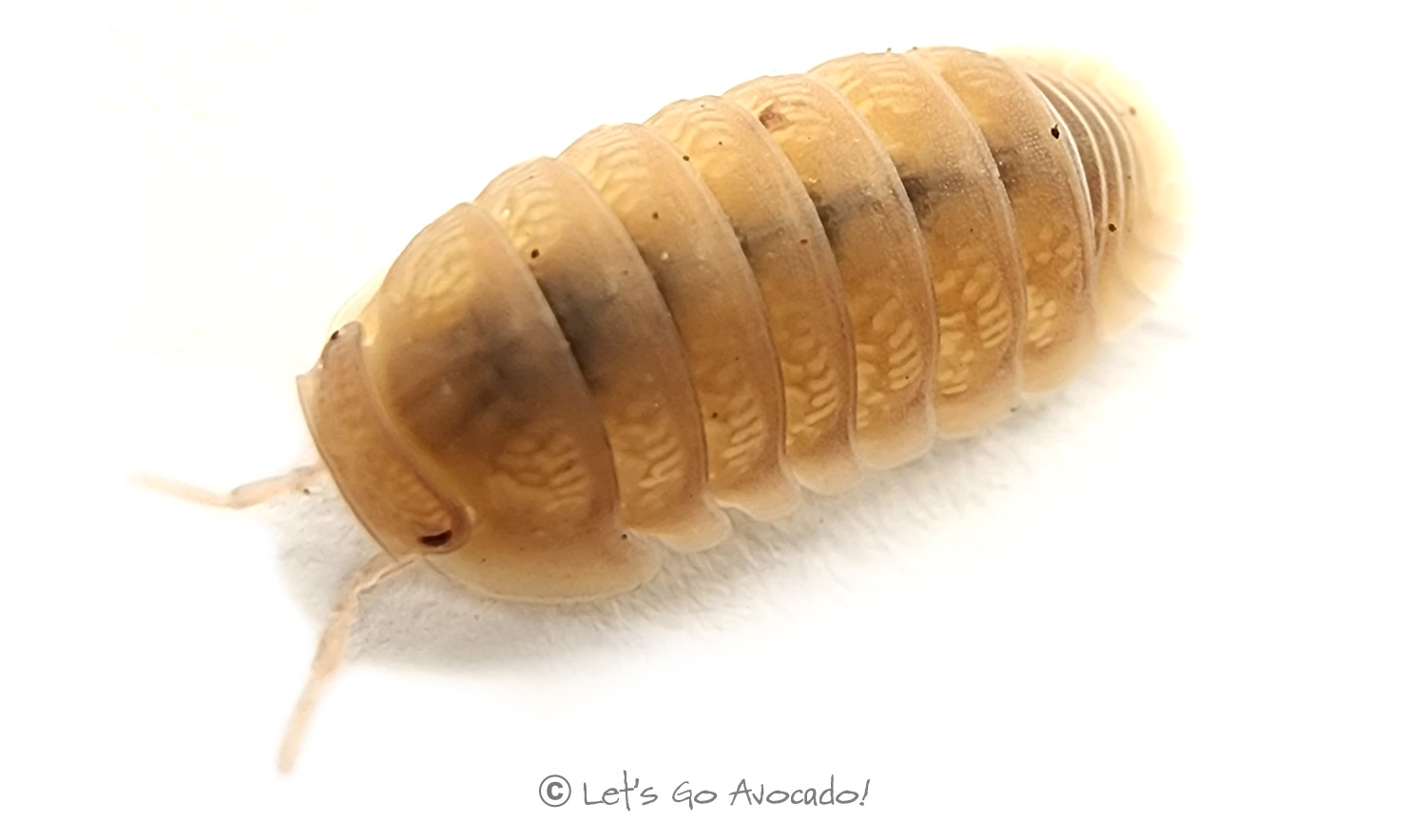

Cubaris Papaya
Cubaris sp. "Papaya"
This page may contain affiliate links.
Read our disclosure and privacy policy here.
These vibrant little creatures, scientifically known as Cubaris sp. “Papaya,” captivate us with their stunning colors and unique patterns. Native to various parts of Southeast Asia, including Malaysia and Thailand, the Cubaris Papaya isopodAn isopod is a type of small creature that belongs to the crustacean family, just like crabs and lobsters. They have a special body shape with a hard outer shell, which protects their soft insides. Learn More has a striking blend of orange, yellow, and brown hues that resemble the vibrant colors of a ripe papaya fruit.
Cubaris Papaya

There’s a lot to explore right where we are, in our own neighborhoods and backyards! Join us while we get off the couch and explore the everyday wonders of nature, science, space, engineering, art, and anything else we stumble upon during on our adventures.







